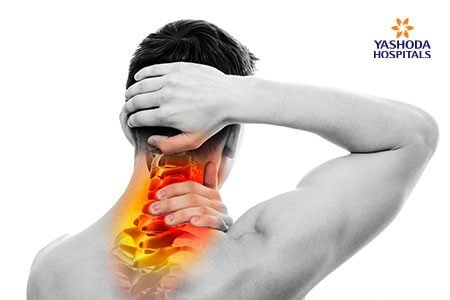Cervical Spondylosis
Causes, Symptoms, Risk Factors, Complications, Prevention, Diagnosis and Treatment
What is Cervical Spondylosis?
Cervical spondylosis is a common term that refers to age-related or occupation-related wear and tear that affect the spinal disks in the neck. The dehydration and shrinking of the disks indicate the signs of osteoarthritis, including bony projections along the edges of bones.


 Appointment
Appointment WhatsApp
WhatsApp Call
Call More
More

